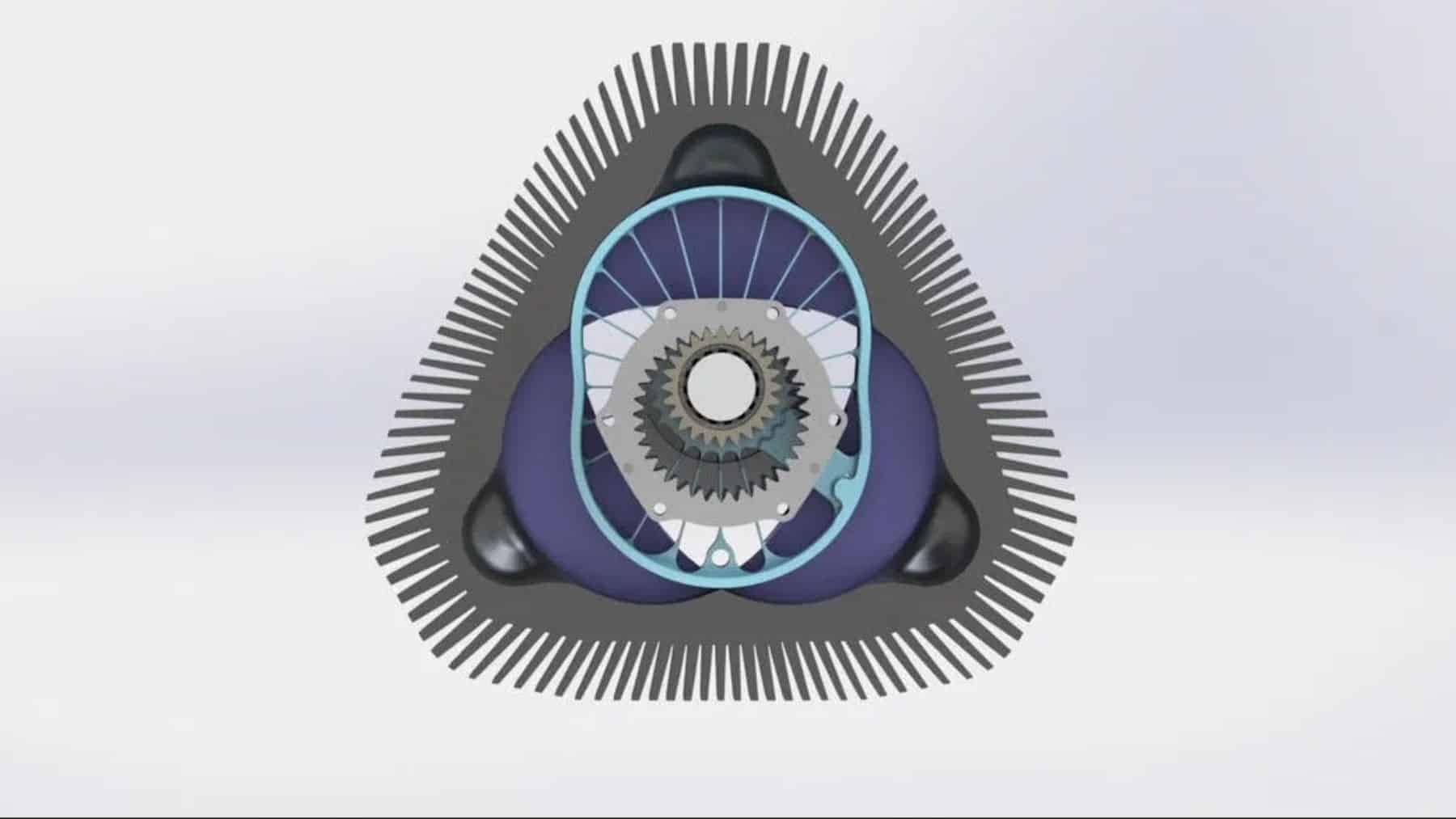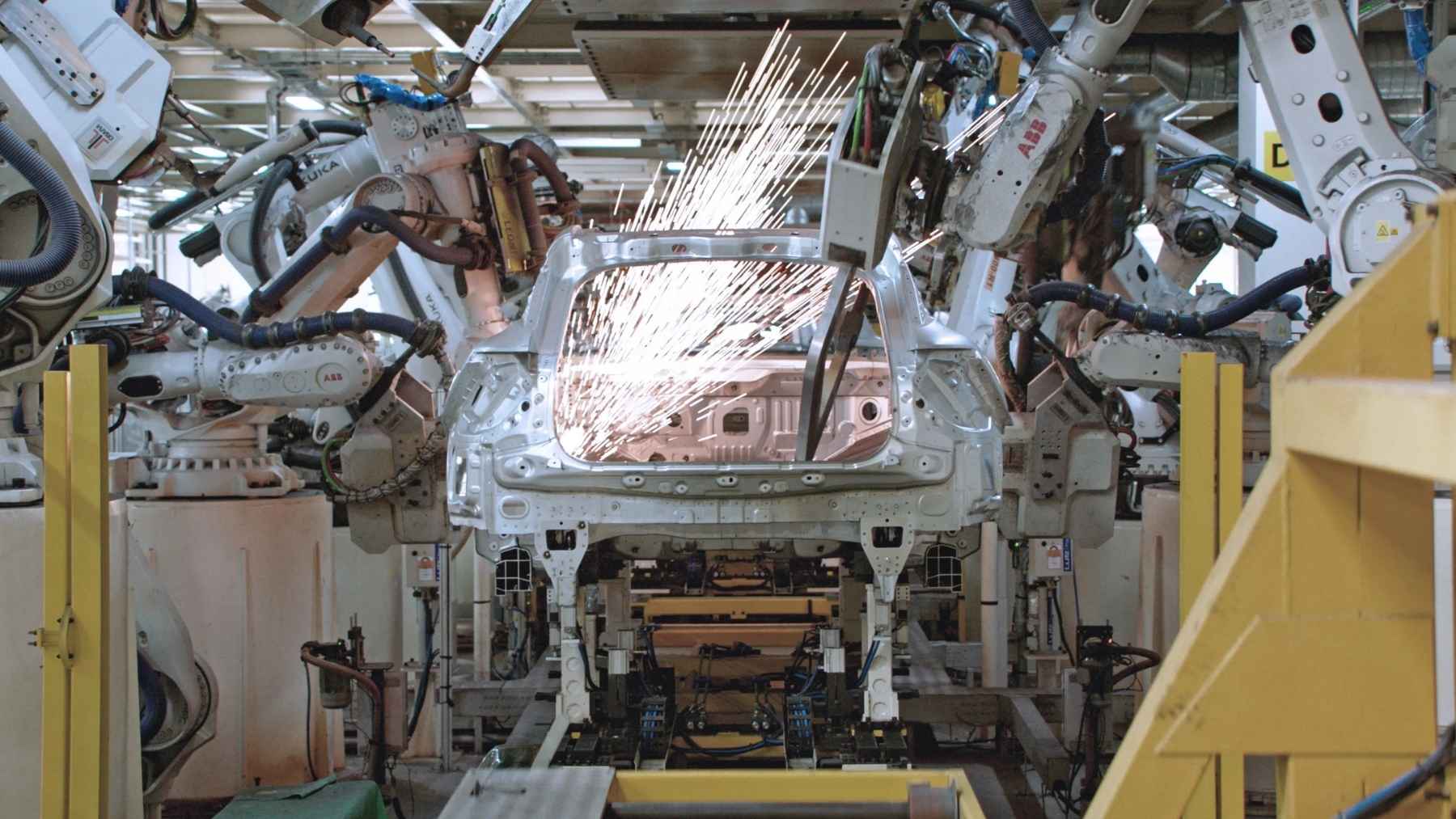Since both the automotive and aerospace industries are racing toward greener propulsion systems, we may see a rotary prototype that runs on quite a different fuel. For so long, hydrogen engines remained center stage as the powertrain of the future. Today, a lesser-known innovation may now be silently outpacing hydrogen in terms of efficiency, practicality, and versatility. The LiquidPiston’s X-Engine has radically reconsidered the rotary engine and operates on a thermodynamic cycle unlike anything before it. Having the power to run on a wide range of fuels, including jet fuel and even high-proof alcohol, this next-gen prototype is classifying what sustainable internal combustion really looks like.
The X-Engine redefining the rotary prototype
The core beginnings of LiquidPiston start not with a piston, but with a problem. Although many traditional piston engines have been refined for over a century, they are known to be bulky and limited in efficiency. The Wankel rotary engine, which was once praised for its compactness and smooth operation, fell out of favor due to issues with fuel efficiency, lubrication, and emissions. To that, LiquidPiston responded by stating that the solution was to turn the rotary inside out, literally.
At the very core of the X-Engine is the High Efficiency Hybrid Cycle (HEHC), which is a patented thermodynamic innovation that combines the best of the Otto, Diesel, and Atkinson cycles. This hybrid cycle maximizes compression and expansion ratios while keeping near-constant volume combustion, which dramatically boosts thermal efficiency by up to 30% higher than traditional engines.
As opposed to the Wankel engine, the X-Engine features a stationary combustion chamber and stationary apex seals. These innovative changes allow for better fuel combustion, easier lubrication, and reduced emissions. Having fewer moving parts, just a rotor and an eccentric shaft, the X-Engine is also remarkably compact and reliable, making it the ideal solution for drones, generators, and hybrid-electric vehicles.
A single engine compatible with many fuels
The feature that distinguishes the X-Engine from other hydrogen-fueled competitors is its multi-fuel capability. Whereas hydrogen requires specialized infrastructure and storage, LiquidPiston’s rotary engine can begin running on widely available fuels such as diesel, gasoline, kerosene, propane, and even jet fuel which poses a considerable advantage especially in sectors like aerospace and defense.
Thus far, LiquidPiston has already formed a partnership with the U.S. Department of Defense to address the military’s “single fuel forward” requirement ensuring that all vehicles and power systems must run efficiently on jet fuel to streamline global logistics. The XTS-210, a 25-horsepower two-stroke version of the X-Engine, delivers on this mandate whilst weighing five to ten times less in comparison to diesel engines.
The weight advantage does release new possibilities for electric vertical takeoff and landing aircraft (eVTOL), unmanned aerial systems (UAS), and mobile generators. While hydrogen captured headlines for its zero-emission potential, this jet-fuel-capable hybrid engine would certainly be a new solution with real-world viability. LiquidPiston’s engine will be on all headlines soon.
A prototype shaped by supercomputers and simulations
Much of LiquidPiston’s innovations are due to rigorous simulation and rapid prototyping. By using supercomputers and in-house dynamometer testing labs, the company models millions of engine configurations long before cutting metal. With over 90 patents granted or pending, LiquidPiston seems to be building a robust portfolio of intellectual property around the X-Engine platform.
The engine isn’t just about performance specs; it’s about flexible architecture. Customers can thus customize the ignition system, choose between two- or four-stroke designs, and even match fuel types to specific application needs.
Introducing rotary engine 2.0
Although hydrogen engines have long dominated the clean energy scene, they are far from becoming mainstream. The infrastructure hurdles and high costs of hydrogen are still formidable. Arctic Cat has also resorted to a route other than hydrogen for their ‘magic number’ snow engine. The LiquidPiston’s X-Engine provides a rather practical, ready-now solution with the flexibility to operate on both conventional and alternative fuels.
The smaller, more efficient, and fuel-flexible X-Engine signifies not just an evolution of rotary engines, but a revolution.














